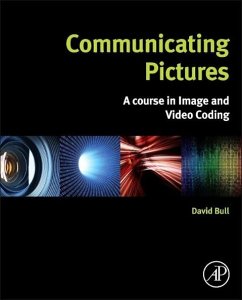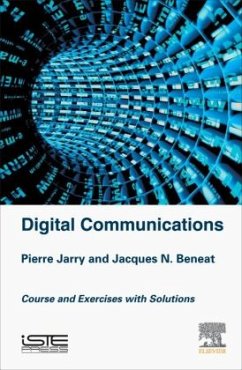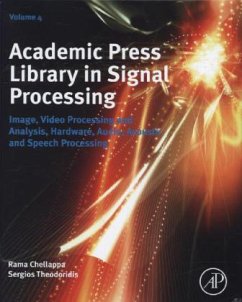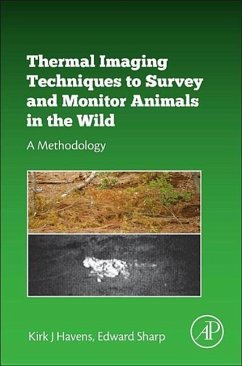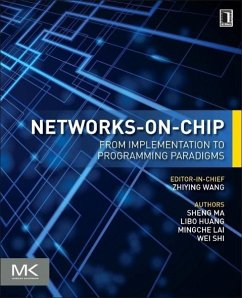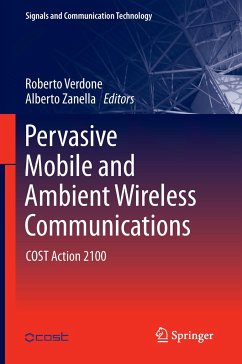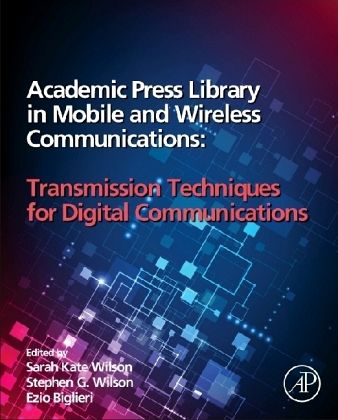
Academic Press Library in Mobile and Wireless Communications
Transmission Techniques for Digital Communications
Herausgegeben: Biglieri, Ezio; Wilson, Katie; Wilson, Stephen G.

PAYBACK Punkte
69 °P sammeln!
This book, edited and authored by world leading experts, gives a review of the principles, methods and techniques of important and emerging research topics and technologies in wireless communications and transmission techniques.
The reader will:
Quickly grasp a new area of research Understand the underlying principles of a topic and its application Ascertain how a topic relates to other areas and learn of the research issues yet to be resolved
The reader will:
Quickly grasp a new area of research Understand the underlying principles of a topic and its application Ascertain how a topic relates to other areas and learn of the research issues yet to be resolved




